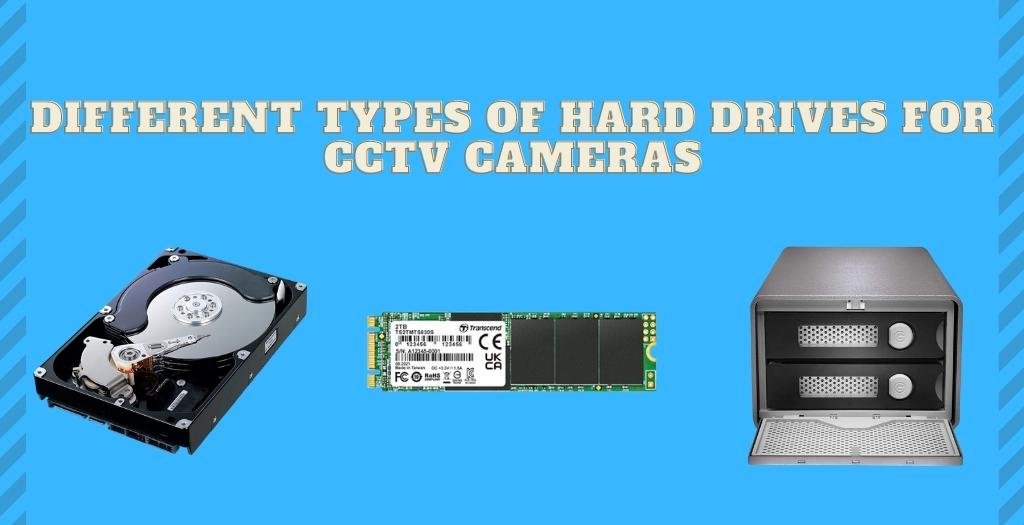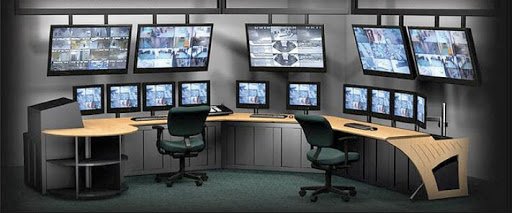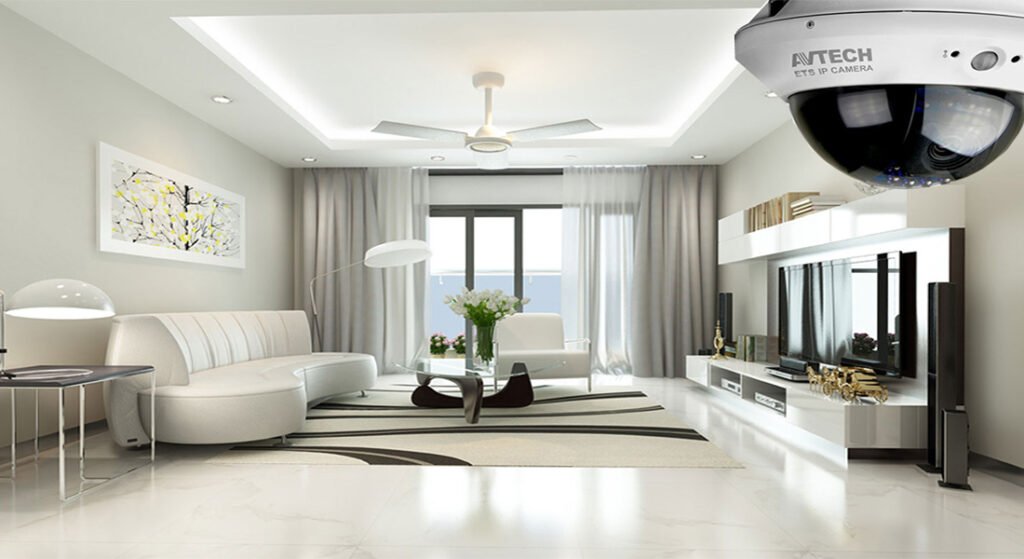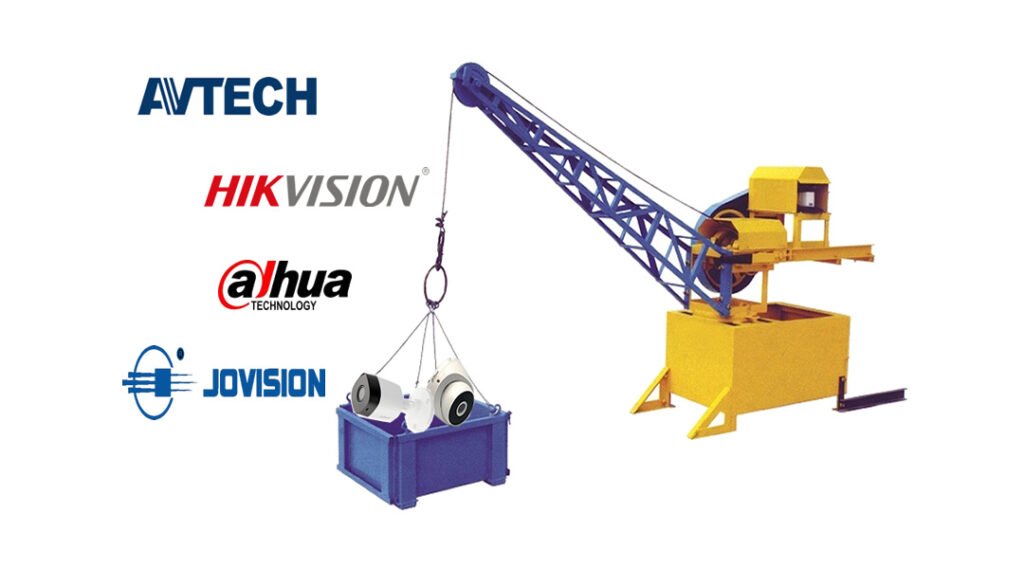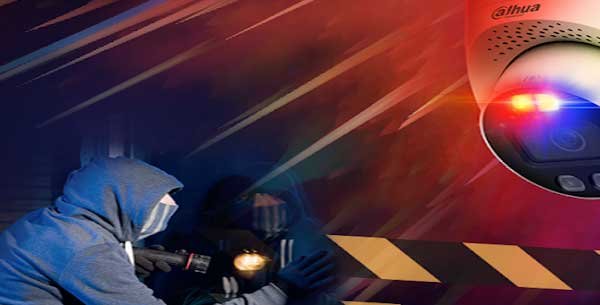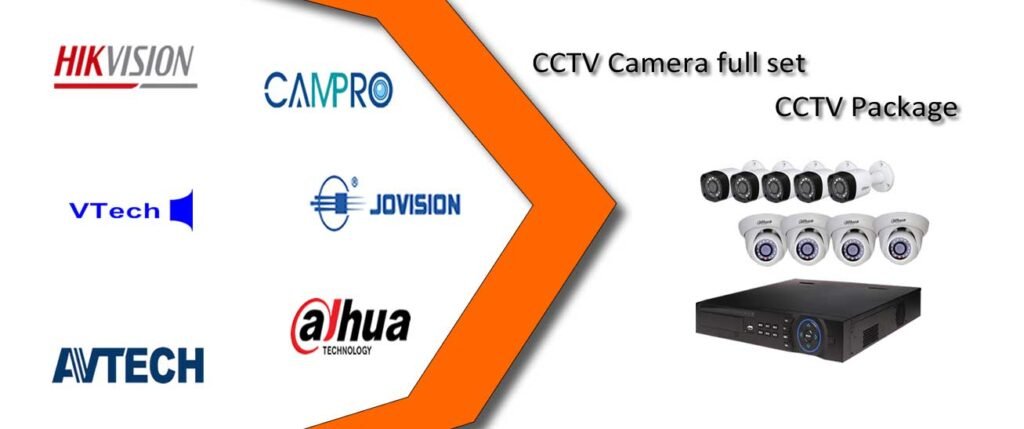Different Types of Hard Drives for CCTV Cameras Available In The Market
Wow, who would have thought that there are different types of hard drives for CCTV cameras? I sure didn’t. But as it turns out, there are quite a few options to choose from when it comes to the storage device that powers your security system. So if you’re in the market for a new camera, or just want to know more about what’s out there, read on! I’ll break down all the different drive types and tell you what each one is best suited for. Spoiler alert: tape ain’t one of them! 😉
What Is a Hard Drive and What Are Its Components?
A hard drive is a data storage device that uses spinning disks to store digital information. The disks are coated with magnetic material, which allows data to be written and read from them. Hard drives are found in a variety of electronic devices, including desktop computers, laptops, tablets, smartphones, digital video recorders (DVRs), and CCTV cameras.
There are three main components inside a hard drive: the platters, the actuator arm, and the head assembly. The platters are the disks that hold the data. The actuator arm moves the head assembly across the platters so that it can read or write data. And the head assembly contains the read/write head that accesses and alters the magnetic coating on the disk surfaces.
Types of Hard Drives for CCTV Systems
1. HDD – Hard Disk Drive
Among the various types of hard drives for CCTV systems, HDD- hard disk drive is one of the most common. However, it is not without its pros and cons.
One advantage of using HDD is that it is relatively inexpensive compared to other storage options. Additionally, it offers a high capacity for storing data- making it ideal for businesses or homes with large amounts of footage.
However, there are some drawbacks to consider as well. For example, HDD can be susceptible to failure if there is a power outage or other types of disruption. Additionally, the data stored on HDD can be corrupted if the drive is not properly maintained. Overall, HDD is a popular choice for CCTV storage but it is important to weigh the pros and cons before making a decision.
2. SSD – Solid State Drive
SSD, or Solid State Drive, is one of the types of hard drives available for CCTV systems. And while it may seem like a great option at first glance, there are some definite pros and cons to using SSD with CCTV cameras. Let’s take a closer look.
On the plus side, SSDs are incredibly fast, so if you need to quickly pull up footage from your CCTV system, you’ll be able to do so without any delays. Additionally, SSDs are also more durable than traditional hard drives, so they’re less likely to fail if your CCTV system experiences a power surge or other unexpected event.
However, there are some downsides to using SSDs with CCTV cameras as well. For starters, they’re more expensive than traditional hard drives. Additionally, SSDs can’t store as much data as traditional hard drives, so if you have a large CCTV system, you may need multiple SSDs to accommodate all your footage. Finally, SSDs can be more difficult to install and configure than traditional hard drives, so if you’re not comfortable working with technology, you may want to stick with a traditional hard drive for your CCTV system.
3. RAID – Redundant Array of Independent Disks
RAID is a type of hard drive that is often used with CCTV systems. The word RAID stands for “Redundant Array of Independent Disks.” As the name implies, RAID is a system that uses multiple hard drives to store data. This provides a number of advantages, including increased data security and improved performance.
However, there are also some disadvantages to using RAID with CCTV systems. Perhaps the most significant downside is the cost; RAID systems are typically much more expensive than traditional hard drives. Additionally, RAID can be more difficult to set up and maintain than a single hard drive. Ultimately, whether or not to use RAID with a CCTV system is a decision that must be made based on the specific needs of the application.
4. NAS – Network-Attached Storage
Among the many choices of hard drives for CCTV systems, NAS – Network-Attached Storage is one of the most popular. And it’s no wonder, given its many advantages.
For one thing, it’s very convenient – you can just plug it in and forget about it. It also doesn’t require any special installation or configuration, so it’s perfect for people who don’t want to deal with that sort of thing. And of course, it’s very affordable.
But there are some disadvantages to NAS as well. One is that it’s not as reliable as some other hard drives. Another is that it can be slow, especially if you have a lot of cameras. And finally, it’s not compatible with all CCTV systems. So if you’re looking for a hard drive for your CCTV system, NAS is a good choice – but make sure you know what you’re getting into first.
5. DAS – Direct-Attached Storage
DAS is one of the most popular types of hard drives for CCTV systems. And it’s no wonder why: it’s easy to install and use, and it’s very reliable.
But there are some downsides to using DAS with CCTV cameras. For one thing, it’s not as expandable as other types of storage, so you’ll need to purchase more hard drives if you want to add more cameras to your system.
Additionally, DAS can be more expensive than other types of storage, so you’ll need to factor that into your budget. Ultimately, though, DAS is a great option for CCTV storage, and it’s sure to give you the peace of mind you need.
6. SAN – Storage Area Network
While there are several types of hard drives that can be used with CCTV systems, a Storage Area Network, or SAN, is one of the most popular. And it’s easy to see why – a SAN offers many advantages over other storage options, including high performance, scalability, and reliability.
However, there are also some disadvantages to using a SAN with CCTV cameras. One of the biggest downsides is the cost – a SAN can be significantly more expensive than other hard drive options. In addition, a SAN can be more difficult to set up and configure than other storage solutions. But for those who need the high performance and scalability that a SAN offers, the extra cost and effort may be worth it.
Conclusion
There are many different types of hard drives that can be used with CCTV systems, each with its own advantages and disadvantages. Whether you choose a traditional hard drive, RAID, NAS, DAS, or SAN depends on the specific needs of your application. So before making a decision, be sure to understand the pros and cons of each option.
That’s all for now on the different types of hard drives for CCTV cameras. We hope that this information was helpful and informative. Stay with our blog at CCTV Price BD to know more about the latest in security technology, products, and news. Thanks for reading!
Read other articles from our CCTV Blog to get more knowledge.

